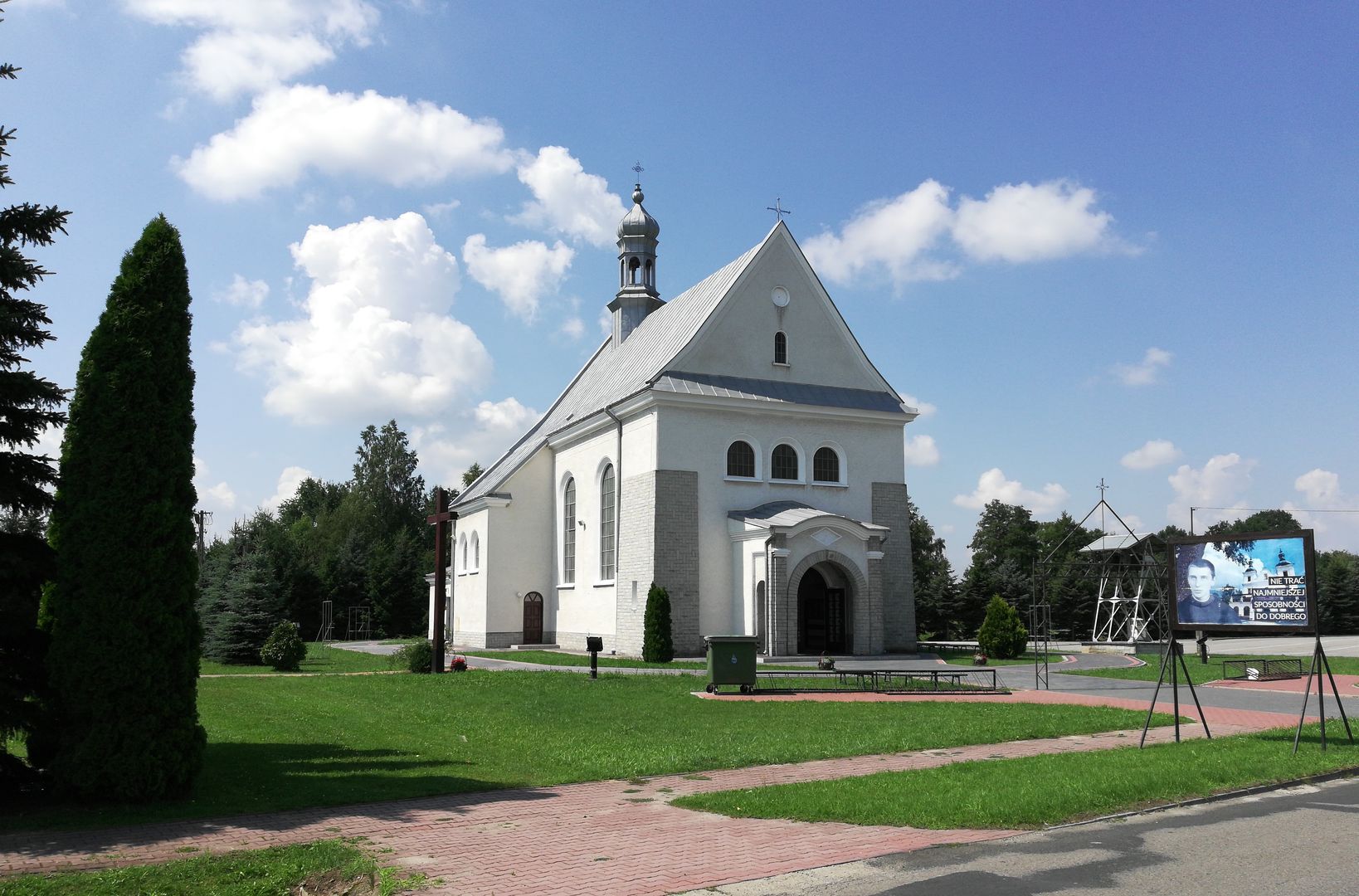Dulcza Wielka
6.33

Overview
Dulcza Wielka is a village located in the Podkarpackie Voivodeship, in Mielec County, which historically originated in the 14th century as "Dolszcza." Over the years, the name underwent transformations, and the village became known as Dulcza Wielka. Its development was associated with the noble families of the Sulimas, Ligęzas, and Radziwiłłs, with the first mention of the settlement dating back to 1399. Dulcza Wielka had the characteristic layout of a chain village, with houses built along the road. In the 19th century, it was a relatively large settlement with over 1,500 inhabitants, and by 1860, a one-class school was in operation. The variety of hamlets, such as Bielizny or Zagórze, reflects the village's extensive spatial development. During World War II, Dulcza Wielka was 95% destroyed, resulting in the near-total loss of its buildings, including the parish church. After the war, in 1951, construction of a new church began, which was completed in 1956. In 1938, the village gained its own parish dedicated to the Holy Trinity. During the interwar period, thanks to the efforts of Jan Leyko, the local school gained cultural significance. Dulcza Wielka changed its administrative affiliation several times and was eventually incorporated into the Podkarpackie Voivodeship in 1999. The village is home to the LKS Jamnica sports club and a Volunteer Fire Department. An interesting natural feature is a small-leaved lime tree, approximately 150–170 years old, which serves as a local attraction. Modern-day Dulcza Wielka combines historical traditions with socio-cultural elements, making it an important part of the local heritage.
Location
2025 Wizytor | All Rights Reserved